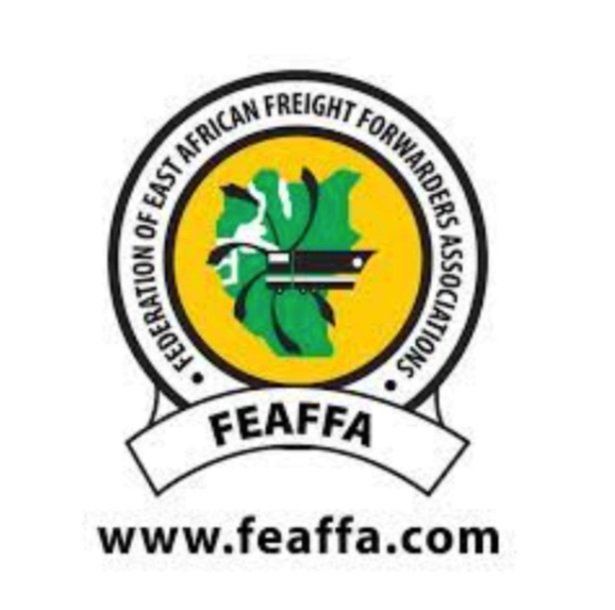Outcomes and Lessons from the EA Regional Agriculture Trade Competitiveness Activity

Learning Event | USAID Policy LINK East Africa Trade Competitiveness Activity
Representatives of USAID Implementing Partners as well as key stakeholders from the private sector took part in a capstone event of the East Africa Trade Competitiveness Activity; a 22-month activity implemented by USAID’s Policy LINK Program in partnership with USAID/Kenya and East Africa.
As USAID Missions worldwide grapple with the negative impact of the Russia-Ukraine conflict on food security, lessons from the East Africa Trade Competitiveness Activity were shared to inform USAID programming throughout Africa.
The event which marked the end of the East Africa Trade Competitiveness Activity:
Highlighted findings on key drivers and challenges to regional trade competitiveness.
Described a model for regional trade programming emerging from the activity.
Shared technical solutions generated from stakeholder consultations and technical “write shops” in four areas: logistics, sanitary and phytosanitary standards (SPS), seed, and agrochemical.
Secured commitments from industry actors including the Federation of East Africa Freight Forwarders Association (FEAFFA), the East Africa Grain Council, CropLife, and Corteva.
Date:
June 9, 2022
Time:
8:00 AM - 2:15 PM East Africa Time (EAT)
Event Type:
In-person
Location:
Nairobi, Kenya
Purpose of the Event
Trade in food commodities and agricultural inputs is a significant driver of regional food security and economic development in eastern Africa.
Despite significant investment to support regional trade, volumes and values remain low.
To identify alternative approaches to boosting regional trade, the Policy LINK East Africa Trade Competitiveness Activity employed action research to:
Generate innovative solutions for improving trade programming and investment based on evidence and applied learning as well as facilitated stakeholder engagement.
Secure programming and investment changes, decisions, and commitments from key stakeholders invested in promoting effective trade strategies based on evidence and consensus.
Establish a sustainable platform for stakeholders to continue dialogue, collaboration, and learning through a Strategic Partners Group committed to collaborative governance.
Setting the Context
Input Presentation 1: Brief overview of the activity objectives and process
Input Presentation 2: Key findings on drivers and challenges to regional trade competitiveness
Approach to Regional Trade Programming
A Model for Regional Trade Programming Model
One of Policy LINK’s mandates was to propose effective programming strategies. Policy LINK showcased a regional trade programming model that offers USAID and development partners a facilitative, step-by-step process for designing more effective development programming in partnership with country and regional stakeholders.
Developed based on the preceding analysis, the model:
Reflects the nature of trade and competitiveness challenges facing East Africa, notably high trading costs, cross-border trade barriers, and low productivity.
Incorporates the eight intervention areas that the evidence shows can increase competitiveness.
Embodies the success factors highlighted above.
Offers flexibility, enabling development partners to tailor solutions to different technical problems as well as a country’s agricultural sector maturity and changing context.
Policy LINK tested and refined this model, explained in full below, as it developed solutions for priority technical areas identified by stakeholders.
The six-step model was also presented at the June 9 event:
Emerging Technical Solutions and Investment Areas: Lessons for Regional Trade Programming
Through its competitiveness analysis and stakeholder engagement, Policy LINK prioritized three root causes of high trading costs, cost-border trade barriers, and low productivity in the region:
compliance with sanitary and phytosanitary (SPS) measures,
inadequate access to seed and agrochemicals (each dealt with as separate issues), and
inefficient logistics.
To address these issues, Policy LINK applied its regional trade programming model, bringing in key stakeholders to further define the problem and develop viable solutions
Policy LINK established task teams led by local stakeholders to ensure buy-in: SPS (led by the Eastern African Grain Council or EAGC), seed (led by the One Acre Fund and Corteva Agriscience), logistics (led by the Federation of East African Freight Forwarders Association [FEAFFA]), and agrochemicals (led by CropLife).
Each task team held a series of write shops to refine the solutions, which are summarized below (for the full solutions papers, please see the Additional Resources box above).
The solutions offer a basis for future stakeholder discussions and, ultimately, private sector-led action and investment that USAID and other donors can support with targeted assistance.






